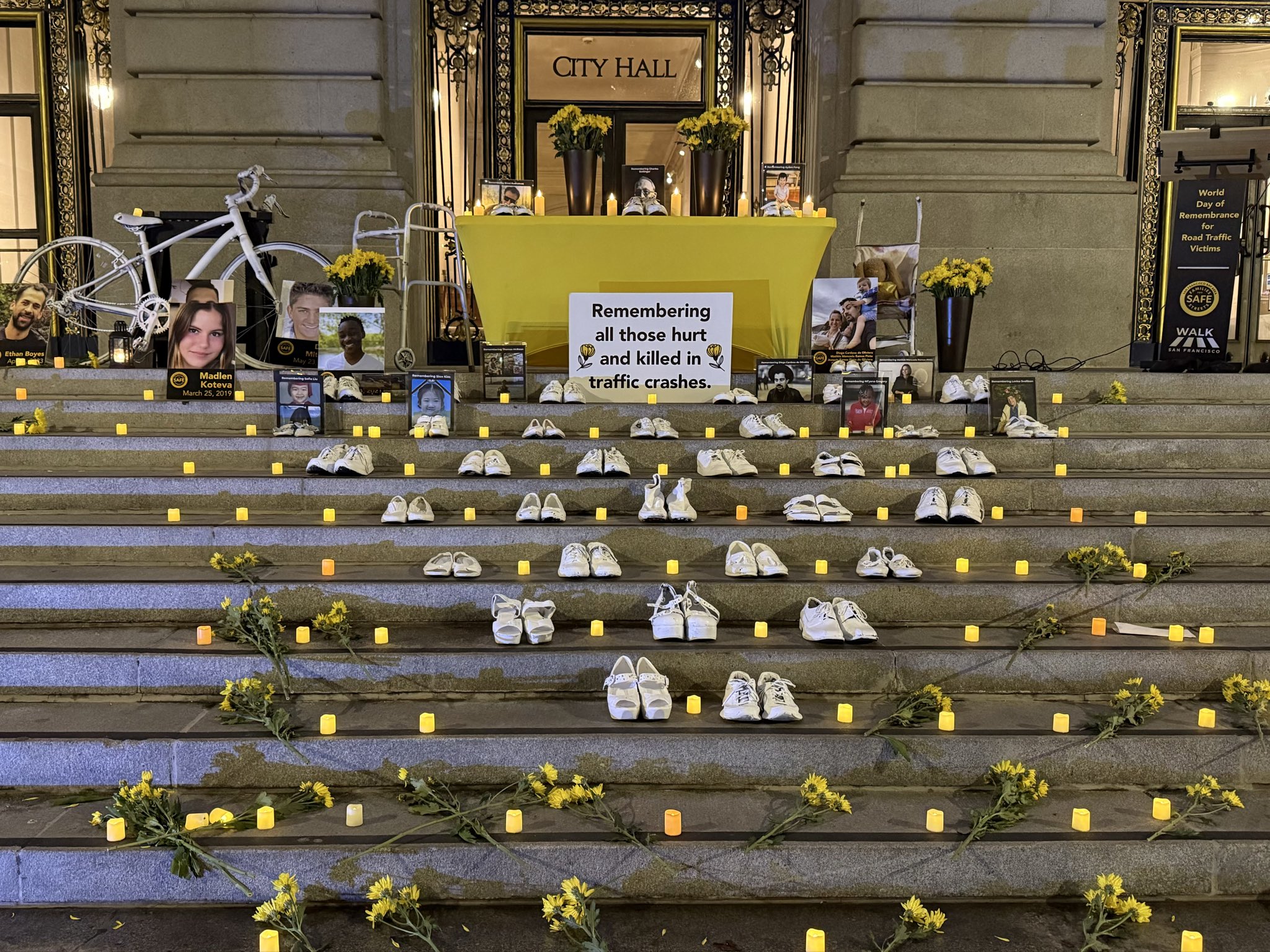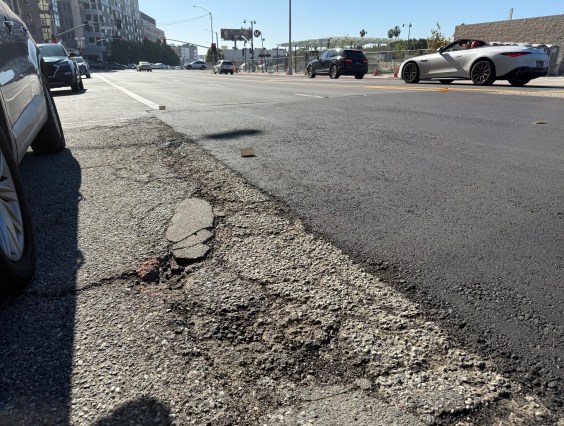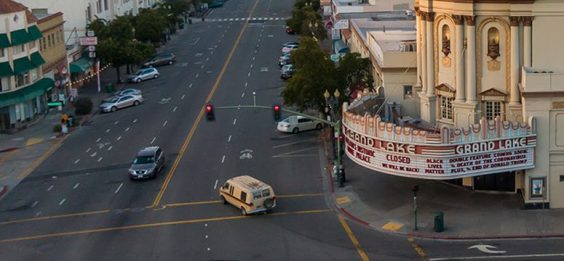There's been a flurry of activity around streets and street safety in South L.A. lately - so much that it's been hard to keep track of it all. The fact that it doesn't always seem well-coordinated has not helped matters.
Last night, for example, there was an update on Metro's Rail-to-River bike/pedestrian path project slated for the Slauson corridor (more on that next week). Over the last several weeks, there were several meetings around Vision Zero street treatments aimed at helping LADOT reduce traffic deaths, but a separate meeting to discuss the bike lanes slated for several of those same streets. In between, Vision Zero grantees were busy asking people about safety concerns along Crenshaw in the Leimert Park area, despite the fact that planning for that very area is being done in conjunction with Metro and there had already been a very robust engagement process there around the Crenshaw Streetscape Plan (approved in 2015). And finally, Great Streets (the effort to improve the pedestrian experience on key corridors around the city) recently held its own meeting to discuss improvements slated for the half-mile of Crenshaw between Florence and 79th.
It's a lot for the average person to keep track of. Especially when you start throwing in program names and city acronyms. Unless you are actively involved with your neighborhood council or familiar with how urban planning works, you will probably struggle a bit to understand how these projects all fit together.
This is especially true on Crenshaw, which will have Great Streets treatments, streetscape improvements tied to the arrival of the train, and Vision Zero treatments (flashing crosswalks, pedestrian head-start signals, curb bulb-outs) peppered throughout.
The part of Crenshaw designated for Great Streets improvements is the section south of Florence. While more residential than commercial and a bit south of the heart of the corridor, the area was chosen so it would not be left behind with regard to improvements seen along the rest of the boulevard.
To the north, the section of Crenshaw between Florence and 36th will see a variety of streetscape improvements, including street trees and landscaping, lighting, trash cans, more conveniently situated bus stops, new crosswalks and curb ramps, medians with trees, etc. [See the full plan here].
The Great Streets improvements will mirror some of those seen north of Florence, including high-visibility crosswalks, medians with trees, and repaved sidewalks and ramps, as well as better signalization to improve traffic safety.
In practice, Great Streets suggests, the final configuration of some Crenshaw intersections might look like what you see below - an extended curb to shorten the distance pedestrians have to cross, a pedestrian "refuge" or median, more trees, ADA compliant curb ramps, and striped crosswalks (below).
The shortening of the distance folks have to cross would be a welcome improvement. Crenshaw is home to multi-generational families, many of whom use transit and/or walk regularly in the neighborhood. And the approach to Florence from the south is downhill, encouraging drivers to go faster. For the elderly and those with trouble walking, it can be nerve-wracking and dangerous to have to cross a busy 70-foot-wide street with impatient drivers cutting through the crosswalk as they do so.
Given how fast that section of Crenshaw moves and the fact that it is a residential area, however, it is a shame that there aren't more treatments going in.
Right now, it appears that improvements will be made at every other intersection. Which means that one of the more dangerous intersections for pedestrians and cyclists and one that has a small market patronized by residents - 77th and Crenshaw - will not get the crosswalk it should have.
There will be a median with trees, as seen below. Which means that people will be even more likely to cross there, so LADOT should just go ahead and stripe that crosswalk.
And Florence - the most dangerous intersection of the bunch by miles - won't see too much in the way of upgrades, it appears.
While the proposed signal modification might help control traffic there and give pedestrians a head start, it is genuinely surprising that more is not in the works.
Last year, the Street Beats team reimagined that very intersection and found a way to make a variety of treatments work.
Turning the intersection into an immersive musical experience, they made the existing zebra stripes into piano keys, chalked out curb extensions, created a scramble crosswalk, and had drummers stationed on one corner, a piano on another, and ipads set up to allow pedestrians to play beats on the others.
It was pretty incredible and something more than one person proclaimed they would like to see happen every weekend.
But even with all those fixes and StreetsBeats folks helping direct traffic and ensure pedestrian safety, drivers were still impatient.
I witnessed more than one driver try to beat pedestrians through the narrowed intersection. There was even a crash there earlier that day when someone came flying through the intersection, and residents I spoke with reported regularly hearing screeching tires and collisions. Which makes it easy to imagine just how harrowing the intersection can be for all users on a normal day. And which makes it all the more disappointing that more won't be done there.
Information on Great Streets' website suggests the implementation of the proposed improvements will roll out much like the Vision Zero improvements you may have seen popping up around other parts of South L.A.: temporary striping and bollards will be put in beginning this August and made permanent with concrete in September of 2018.
Information about other treatments planned for Crenshaw courtesy of Vision Zero can be found here. The streetscape project for Crenshaw (between Florence and 36th) can be found here.






